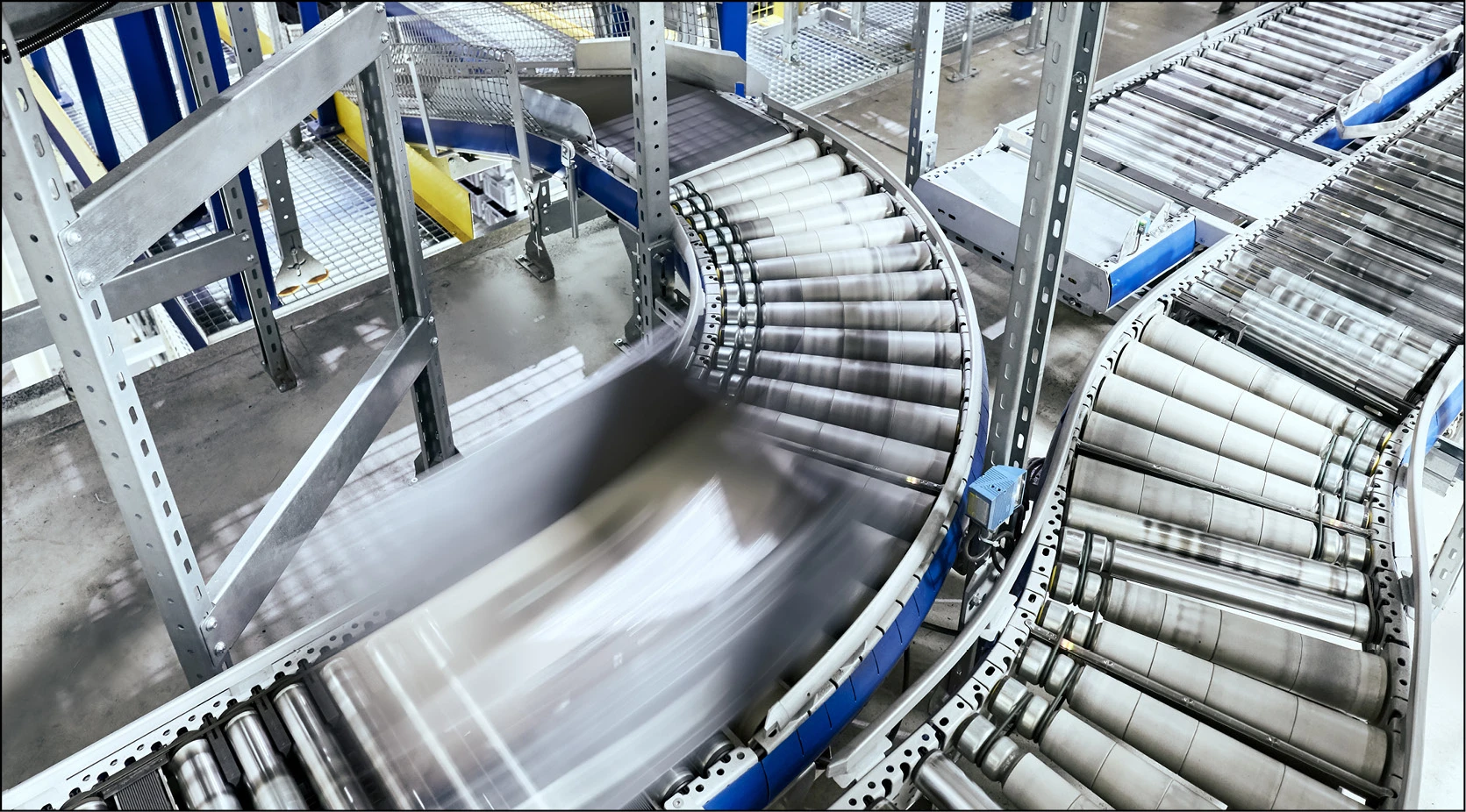The High Price of Non-Compliance in the Toys Industry: Financial, Reputational, and Legal Risks

In the toys industry, compliance with global regulations is non-negotiable. With children’s safety on the line, regulations ensure toys are free from hazardous chemicals, meet strict quality standards, and are manufactured responsibly. Yet some companies fall short despite these safeguards, resulting in significant financial losses, damage to their brands, and legal consequences.
Understanding the risks of non-compliance is crucial, whether you’re leading a global toy brand or managing supply chains. In this blog, we’ll explore the consequences of failing to comply with product safety and quality standards—and how your business can avoid these costly pitfalls.
Financial Penalties: Non-Compliance Can Be Costly
The financial consequences of non-compliance can be staggering. Fines and penalties for violating safety regulations or distributing unsafe products can quickly add up, especially when compounded by the costs of recalling faulty products.
Consider a 2007 recall for lead paint, where a toy giant faced a recall of over 19 million toys globally due to the discovery of high lead levels in paint used on popular products. The result? Not only did they face a $2.3 million fine from the U.S. Consumer Product Safety Commission (CPSC) but the company also incurred an estimated $110 million in recall and lost sales costs.
For toy companies operating in today’s complex global market, avoiding hefty fines and the disruption of a product recall should be a top priority. The financial burden doesn’t just impact the bottom line—it also drains resources from product innovation and future growth.
Brand Damage: A Hit to Your Reputation
Financial losses may be recoverable, but reputational damage can be much harder to rebuild. For toy manufacturers, failing to meet compliance standards can destroy consumer trust, especially when child safety is compromised.
A well-known example also happened in 2007, when a company had to recall almost one million units after reports of children suffering burns when their fingers became trapped inside a toy. The recall led to 249 reported injuries, with one child requiring a partial finger amputation. This toy company’s reputation as a child-friendly brand took a significant hit, and parents became hesitant to purchase other toys from the company in the wake of the incident.
When it comes to toys and child safety, trust is everything. A single recall or safety issue can lead to long-term damage, causing customers to seek safer, more reliable options elsewhere.
Product Recalls: Disruption to Operations and Supply Chains
Product recalls aren’t just expensive—they also wreak havoc on operations and supply chains. The logistics of identifying, retrieving, and properly disposing of millions of units from shelves globally is no small feat. Beyond the recall itself, damaged relationships with retailers and distributors can have lasting effects.
A recent example happened in 2019, when a popular baby product was linked to over 30 infant injuries. This resulted in a recall of 4.7 million units, and made both retailers and consumers rethink their relationship with the popular brand.
On average, product recalls cost companies around $10 million, excluding long-term costs such as loss of market share and customer loyalty. In an interconnected global market, a single product defect can create a ripple effect across the entire supply chain, impacting relationships and causing delays in future production.
Legal Risks: Exposure to Lawsuits and Regulatory Action
When non-compliance leads to harmful products entering the market, legal ramifications are almost inevitable. From class-action lawsuits to increased regulatory oversight, the legal costs and scrutiny tied to non-compliance can be devastating.
For example, a recall in 2010 highlighted the severe legal risks tied to toxic materials in consumer products. The recall of 12 million glasses due to the presence of cadmium—a toxic metal—led to lawsuits, negative press, and an increased focus from regulatory bodies. While the company managed the immediate recall efficiently, the long-term legal and regulatory consequences were far-reaching.
Fines for non-compliance with safety standards can exceed $100,000 per violation, underscoring the importance of maintaining rigorous oversight throughout the product lifecycle. Legal risks not only impact financials but can also delay operations, hinder product releases, and result in increased scrutiny from regulators for years to come.
Increased Scrutiny from Regulatory Bodies: Long-Term Implications
Once a company is flagged for non-compliance, increased scrutiny from regulatory bodies often follows, making it harder to operate efficiently in the long run. Regulators are paying more attention to product safety than ever, meaning that even small missteps can result in prolonged oversight and higher compliance costs.
This is leading to a more proactive approach to safety and compliance on the toys industry. In 2021, a popular toy company publicly committed to removing harmful chemicals like phthalates from its products, understanding that non-compliance with chemical safety regulations like REACH (Registration, Evaluation, Authorisation, and Restriction of Chemicals) could severely impact its business. While the company has stayed compliant, many others are unaware that compliance failures could cost them €200,000 or more depending on the severity of the violation.
Staying compliant not only protects against immediate penalties but also ensures smoother operations and fewer regulatory roadblocks in the future.
The Cost of Non-Compliance is Too High to Ignore
In the fast-paced and highly regulated toys industry, the consequences of non-compliance are simply too high to ignore. From financial penalties to product recalls, legal challenges, and brand damage, the risks can severely impact a company’s bottom line and reputation.
That’s why ensuring product quality and compliance at every stage of the supply chain is critical. Partnering with a trusted supply chain management solution can help your business stay ahead of evolving regulations and avoid these costly consequences. By prioritizing compliance today, you can protect your brand, customers, and bottom line.




